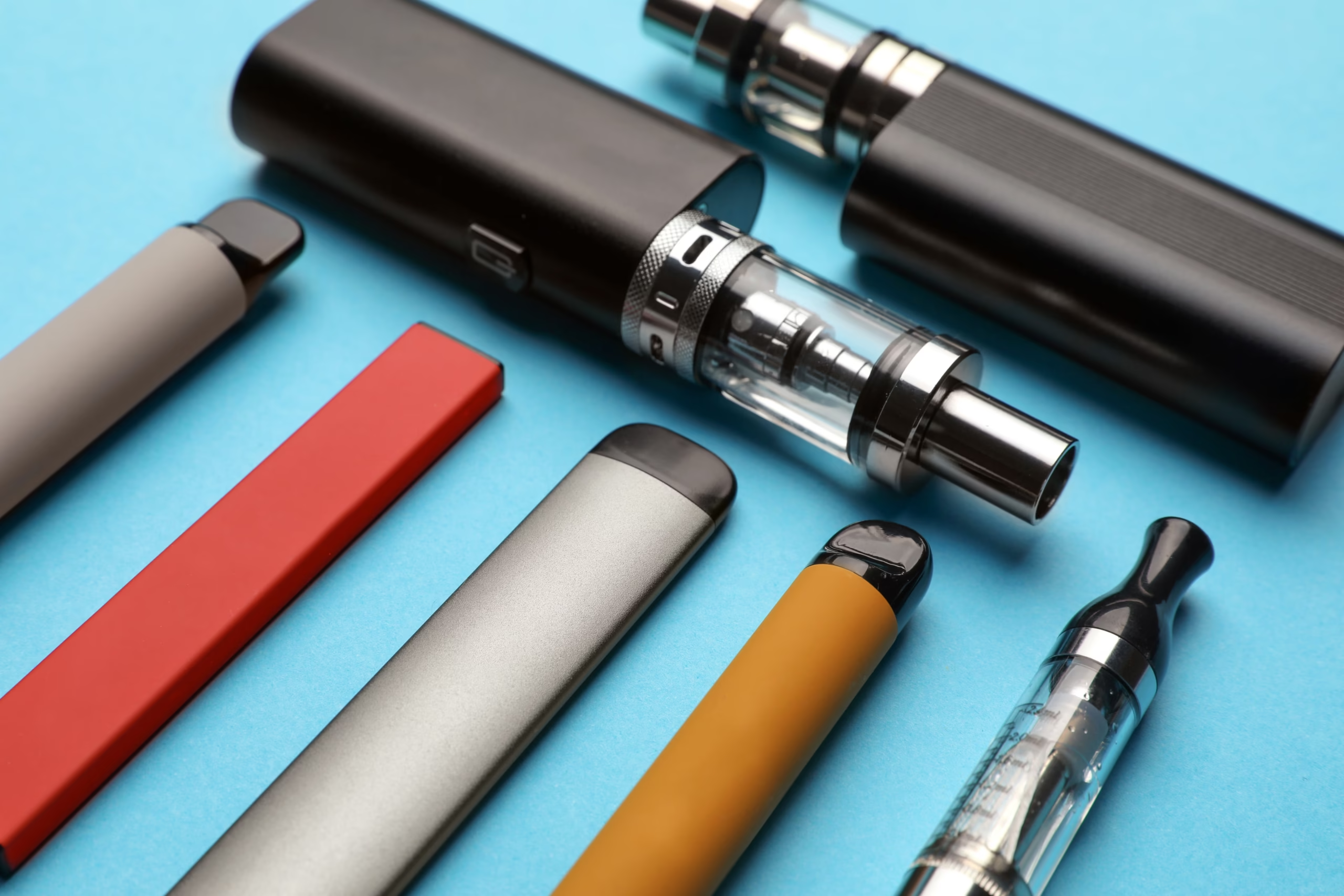A recent study published in JAMA Network Open finds that frequent exposure to cannabis and e-cigarette content on social media is associated with an increase in cannabis and dual substance use among adolescents. The research focused on over 7,600 high school students in California to determine how social media influences substance initiation among teens.
The longitudinal study tracked 4,232 high school students who had not previously used e-cigarettes or cannabis. Researchers discovered that 22.9% of participants encountered e-cigarette-related posts on social media at least once a week, while 12% reported similar exposure to cannabis posts. Notably, 13.4% of students indicated they saw e-cigarette content on TikTok weekly or more.
After one year, the study reported that 3.6% of these students had started using e-cigarettes, 3.9% initiated cannabis use, and 4.5% began using both substances. The data revealed that frequent exposure to cannabis-related posts significantly increased the likelihood of initiating both types of use. Specifically, adolescents exposed to cannabis posts had an adjusted odds ratio (AOR) of 1.83 for starting e-cigarette use, 1.60 for initiating cannabis use, and 1.71 for dual use at the one-year mark.
In contrast, general exposure to e-cigarette content across various platforms did not correlate with future initiation of e-cigarette or cannabis use. However, TikTok emerged as a particularly influential platform, with users exposed to e-cigarette posts on the app showing an AOR of 1.74 for initiating cannabis use and 1.78 for starting dual use.
A second cross-sectional survey involving 3,380 students assessed the impact of the source of social media content—friends, celebrities, microinfluencers, brands, or unknown sources—on recent substance use. Among these students, 5% reported using e-cigarettes in the past month, 7.8% used cannabis, and 3.4% engaged in both.
Exposure to posts from microinfluencers and peers was positively correlated with cannabis and dual substance use. For instance, adolescents who viewed e-cigarette content from microinfluencers had an AOR of 2.67 for past-month cannabis use. Additionally, seeing friends’ cannabis posts related to a higher likelihood of cannabis use (AOR of 3.35) and dual use (AOR of 2.46). However, there were no significant associations noted between celebrity or brand posts and past-month e-cigarette use, nor between content from unknown sources and any substance use outcomes.
The authors of the study emphasize the influence of peer dynamics and indirect marketing on adolescent substance use behaviors. They advocate for improved social media guidelines and greater regulatory focus on the marketing of e-cigarettes and cannabis to help mitigate youth substance use.
The research was conducted by a team from the University of Southern California, Rutgers University, and the University of Oklahoma, with funding from the National Institutes of Health and the National Institute on Drug Abuse.




